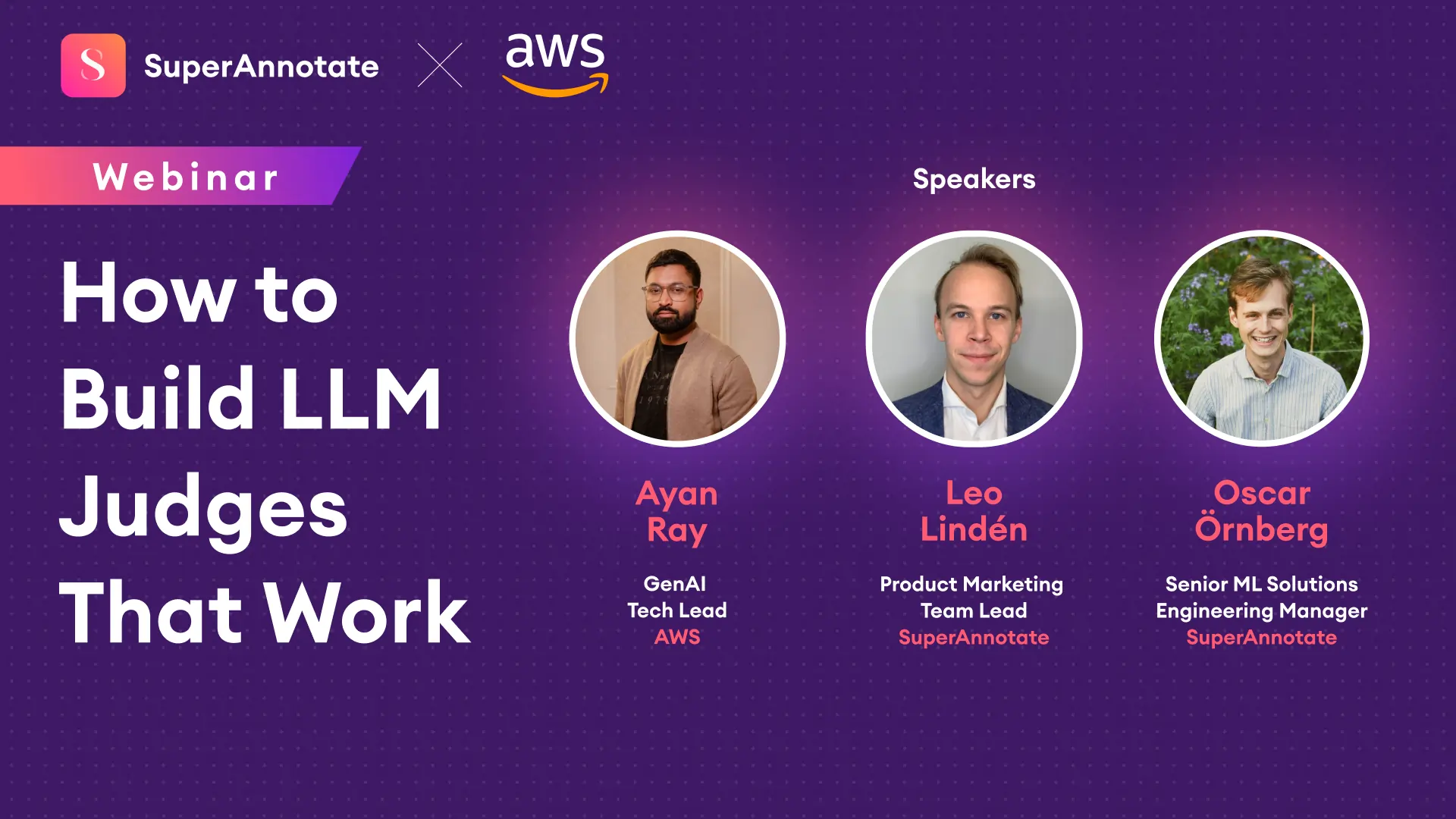15.3 billion dollars are projected to be spent in 2025 on smart, connected agricultural technologies and systems, including AI and machine learning by Forbes. For that, many companies are revolutionizing the way we have been doing agriculture.
A little bit of history of agriculture
In 1900, 40% of the workforce in the United States was employed in agriculture. Today it’s 1.3%. We have learned to produce more with less. With a growing population and less farmland, we need to be more efficient than ever before. Not too long ago in 1945, there were five times more mules and horses in farms.
Can you imagine that the same person in California who had a mule to work his land now has a fleet of drones monitoring his crop and livestock? Today, it’s AI and machine learning that will empower us to feed 8 billion people across the world.
Data - The new oil
Data is the new oil. Data itself doesn’t produce much value. We need to focus on high-quality training data instead to improve AI.
The term data-centric AI has created a paradigm shift within the AI community. High-quality training data is tough to create. We call this type of data superdata.
AI-powered use cases in AgTech
Soil health monitoring
Soil nutrients are essential for crop health. They affect both the quantity and quality of yield. Traditionally, soil health has been evaluated by human observation. Now, we can use drones to capture aerial images and train computer vision models to evaluate soil health. This results in more accurate and scalable soil health monitoring.
Disease detection
Infections and plant diseases are caused by bacteria, fungi, and viruses and can range in severity from fruit damage to death. Early diagnosis and treatment of plant diseases are essential for producing healthy products. Today, there are a number of phone applications that can help identify hundreds of plant diseases using your phone camera. These apps use image classification and object detection techniques to achieve high precision.
Plant grading
Assessing features such as ripeness, color, size, and defects is a task that pomologists and other workers in agriculture carry out quite often for quality assurance of their harvest. They also assess the needs of a particular crop, such as if it needs more water or nutrients. Traditional grading and sorting are human-dependent and labor-intensive and take up significant time to execute for large quantities. This is where computer vision comes in.
Livestock counting
AI-powered drones are now making it easier for farmers to detect and automate the counting of animals. The drones are equipped with robust cameras and sensors to capture real-time imagery, which is then processed automatically using image processing techniques to identify, map, and count animals. This significantly reduces the time required from farmers and ranchers while improving accuracy.
Crop monitoring
Drones are being used in agriculture to observe crop conditions and make improved choices when it comes to fertilization, harvesting, and planting. They are also being used as agricultural and environmental monitoring tools as they allow us to scan and comprehend changes in bigger properties such as ranches, forests, and other land areas. They're also used to detect forest fires, which is more relevant these days.
Weed detection
Plant phenotyping is a task that falls under precision agriculture and involves the systematic evaluation of plant characteristics such as growth, development, adaptability, quality, tolerance, resistance, and structure. It’s similar to the computer vision technology used for grading and sorting.
SuperAnnotate and Onecup
Today, the majority of ranches are small-sized family operations. In fact, 98% of US farms and ranches are family-owned, accounting for 86% of farm production. Given the popularity of micro-farms, it is increasingly common for workers to have second jobs off their farms to sustain their families. OneCup is committed to helping these ranchers by having its BETSY technology watch the cattle while they are away. The company is partnered with SuperAnnotate to build datasets for training the world's best artificial intelligence to be the rancher's eyes and hands. Read more about it here.
Ready to power your innovation with AI? Then watch the webinar below.




